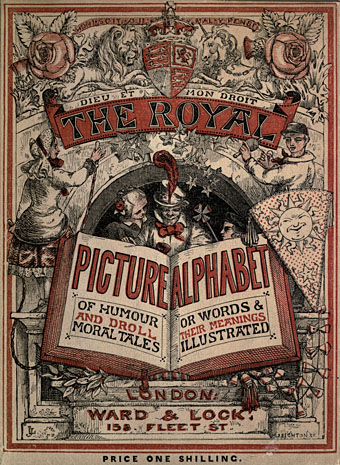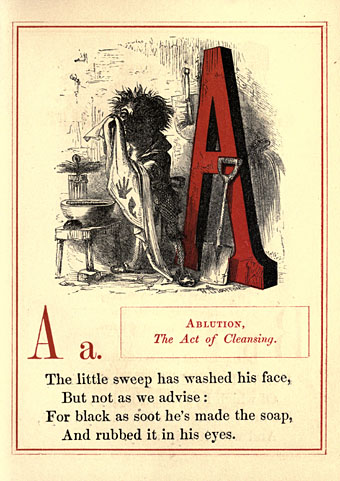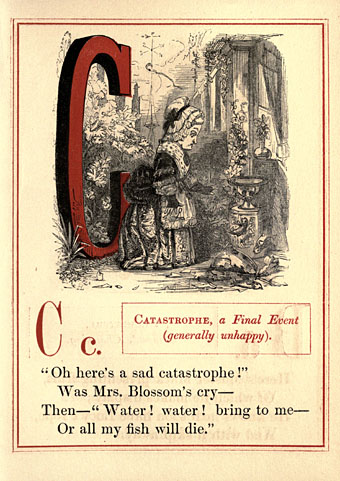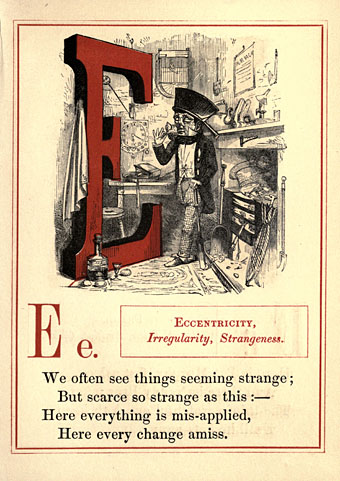
Among the new book arrivals at the Internet Archive is this study of global design and ornamentation, with art by John Leighton and text (or “descriptive and historical letterpress”) by James K. Colling. Suggestions in Design was published in 1880, with the pictorial matter having been available for many years as part of Dover Publications’ Pictorial Archive series. I don’t have a copy of the reprint, however, so this was a useful find. Leighton’s illustrations are black-and-white throughout, and all separated from each other, which is what you want if you’re looking for a design you may use yourself. The illustrations are also carefully done, something you can’t always say about the smaller books of this type.

The Victorian era is where design history begins. Suggestions in Design follows the structure of Owen Jones’ landmark study, The Grammar of Ornament, ranging across the world and through the ages to demonstrate the evolution of decoration and sculptural form. Leighton ends the book with several pages of his own designs. Browse it here or download it here.







